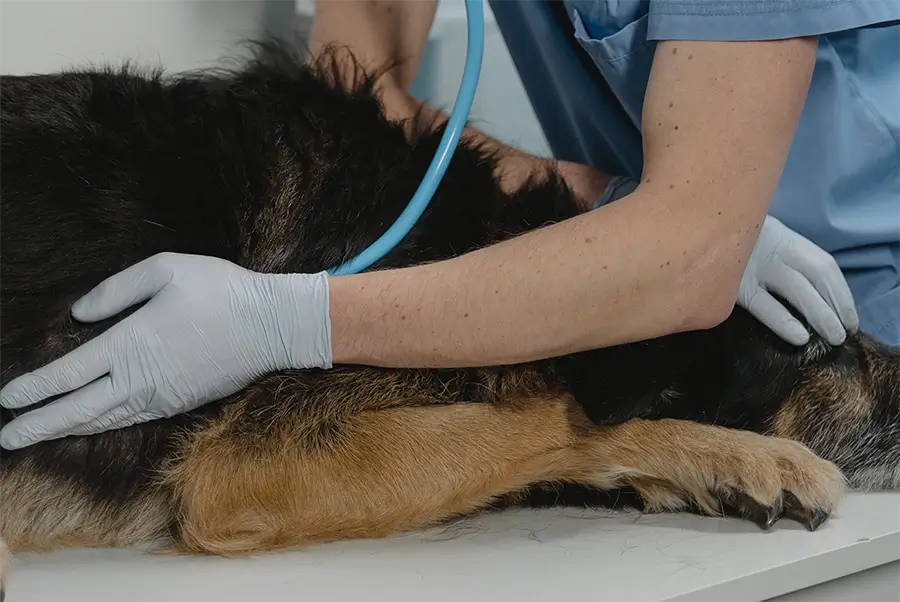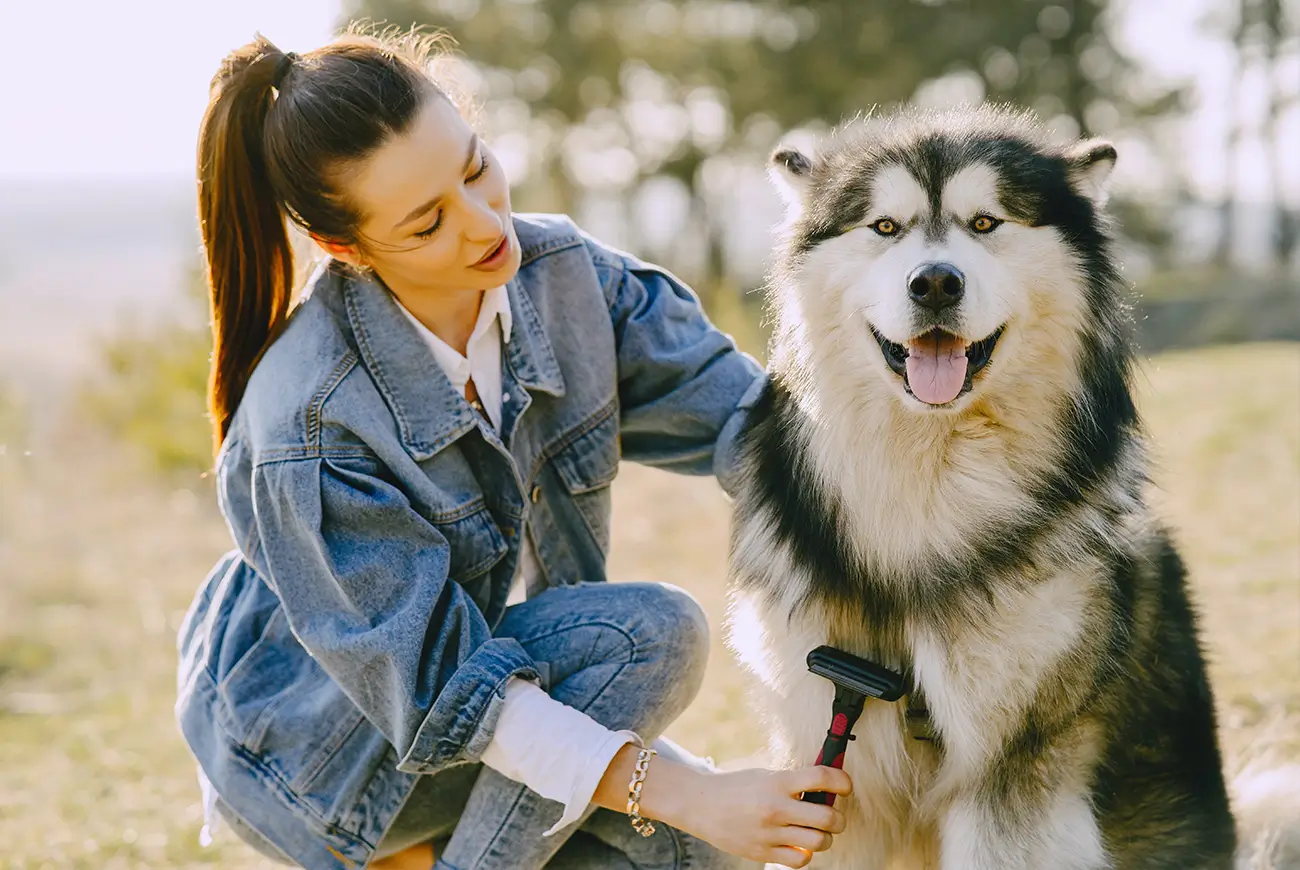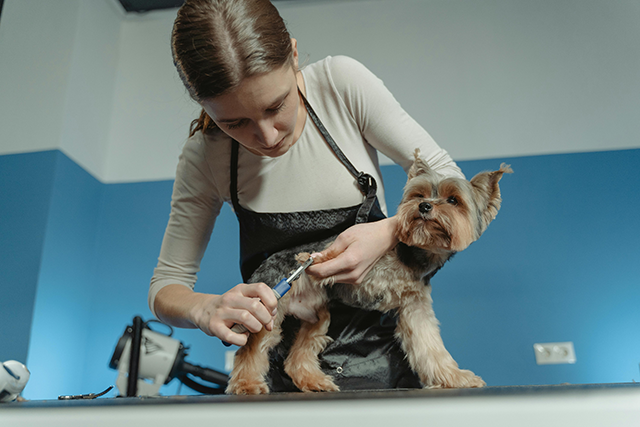Dogs, often referred to as “man’s best friend,” bring immense joy, love, and companionship into our lives. In return, as responsible pet owners, it is our duty to ensure that our furry friends enjoy the best possible health and well-being throughout their lives. In this comprehensive guide, we will explore the key aspects of taking care of a dog for good health.
1. Proper Nutrition: The Foundation of Good Health
One of the cornerstones of ensuring your dog’s good health is providing them with proper nutrition. Just as we need a balanced diet to thrive, our canine companions require the right blend of nutrients, including proteins, fats, carbohydrates, vitamins, and minerals. Here are some essential tips for maintaining your dog’s nutritional well-being:
A. Choose High-Quality Dog Food: Opt for premium dog food brands that meet the specific dietary requirements of your dog’s age, size, and breed. Look for products that list a high-quality protein source as the primary ingredient.
B. Portion Control: Overfeeding can lead to obesity, which is a common health issue in dogs. Follow the feeding guidelines on the dog food label and adjust portion sizes based on your dog’s activity level and age.
C. Fresh Water: Ensure your dog has access to clean, fresh water at all times. Proper hydration is crucial for overall health.
D. Avoid Harmful Foods: Some human foods can be toxic to dogs. Keep chocolate, grapes, raisins, onions, garlic, and foods containing xylitol out of your dog’s reach.
2. Regular Exercise: A Fit Body and a Happy Mind
Exercise is not just about maintaining a healthy weight; it is also essential for a dog’s mental stimulation and overall happiness. Dogs are naturally active animals, and regular physical activity helps prevent behavioral issues while keeping their bodies agile and strong. Here’s how to incorporate exercise into your dog’s routine:
A. Daily Walks: Dogs of all sizes benefit from daily walks. It provides them with mental stimulation and a chance to socialize.
B. Playtime: Engage in interactive play sessions, such as fetch or tug-of-war. These activities help strengthen the bond between you and your dog.
C. Off-Leash Time: If possible, allow your dog off-leash in a secure, designated area where they can run and play freely.
D. Breed Consideration: Understand your dog’s breed characteristics. Some breeds require more exercise than others, so tailor your activities accordingly.
3. Regular Veterinary Care: Prevention Is Key

Preventive veterinary care is essential for maintaining your dog’s health and catching potential issues early. Regular check-ups allow your veterinarian to monitor your dog’s overall well-being and address any concerns promptly. Key aspects of veterinary care include:
A. Vaccinations: Ensure your dog is up to date with vaccinations. These protect against various diseases and are crucial for public health as well.
B. Parasite Control: Keep your dog protected from fleas, ticks, and internal parasites like worms. Regular preventive treatments are available.
C. Dental Health: Dental issues can lead to more severe health problems. Brush your dog’s teeth regularly and schedule dental check-ups as needed.
D. Spaying/Neutering: Discuss spaying or neutering with your veterinarian to determine the best timing for your dog.
4. Mental Stimulation: A Sharp Mind for a Healthy Dog
Physical exercise is essential, but mental stimulation is equally important for a dog’s health. Dogs need mental challenges to stay sharp and content. Here’s how to keep your dog’s mind active:
A. Puzzle Toys: Invest in puzzle toys that dispense treats when manipulated. These toys engage your dog’s problem-solving skills.
B. Training Sessions: Regular training sessions not only improve your dog’s behavior but also provide mental stimulation.
C. New Experiences: Introduce your dog to new places, people, and situations. Novel experiences stimulate their curiosity.
5. Grooming and Hygiene: A Clean and Healthy Dog
Proper grooming and hygiene practices are essential to ensure your dog remains clean and comfortable. These practices also help you identify any skin issues or abnormalities early. Here’s how to maintain your dog’s grooming and hygiene:
A. Brushing: Regular brushing keeps your dog’s coat clean and helps prevent matting. It also provides an opportunity to check for ticks, fleas, or skin irritations.
B. Bathing: Bathe your dog as needed, but avoid excessive washing, as it can strip their coat of natural oils.
C. Nail Trimming: Regularly trim your dog’s nails to prevent overgrowth and discomfort.
D. Ear Cleaning: Check and clean your dog’s ears to prevent infections. Consult your veterinarian for guidance.
6. Socialization and Interaction: Happy Dogs Are Social Dogs
Dogs are social animals and interaction with their human family members and other dogs is vital for their emotional well-being. Here’s how to promote socialization:
A. Puppy Socialization: Start socializing your dog from a young age. Expose them to various people, animals, and environments.
B. Dog Parks: If suitable, visit dog parks where your dog can interact with other dogs.
C. Playdates: Arrange playdates with other dogs in your neighborhood or among friends and family.
D. Positive Reinforcement: Use positive reinforcement techniques to reward good behavior and build trust.
7. A Safe Environment: Protect Your Dog at Home
Your dog’s health extends beyond nutrition and exercise; their environment plays a crucial role. Create a safe home environment by
A. Dog-Proofing: Remove hazards such as toxic plants, chemicals, and small objects your dog could swallow.
B. Secure Fencing: Ensure your yard is securely fenced to prevent escapes.
C. Identification: Microchip your dog and ensure it wears a collar with an ID tag, including your contact information.
D. Weather Considerations: Protect your dog from extreme weather conditions, ensuring they are not exposed to excessive heat or cold.
Conclusion: A Lifetime of Health and Happiness
Taking care of a dog for their good health involves a commitment to their physical and mental well-being. Proper nutrition, regular exercise, preventive veterinary care, mental stimulation, grooming, socialization, and a safe environment all contribute to a long, healthy, and happy life for your canine companion. By following these guidelines and showing your dog love and care, you can ensure they enjoy the quality of life they deserve. Remember, a healthy dog is a happy dog, and a happy dog makes for a happy owner.
Jessica is a veterinary medicine student who is passionate about animals. Living with her cherished dog, Milo, deepens her understanding of the human-animal connection, enhancing her empathy as a future veterinarian.
Jessica’s concise articles reflect her dedication to improving the lives of animals and those who care for them, making her an inspiring figure in the pet care field.




